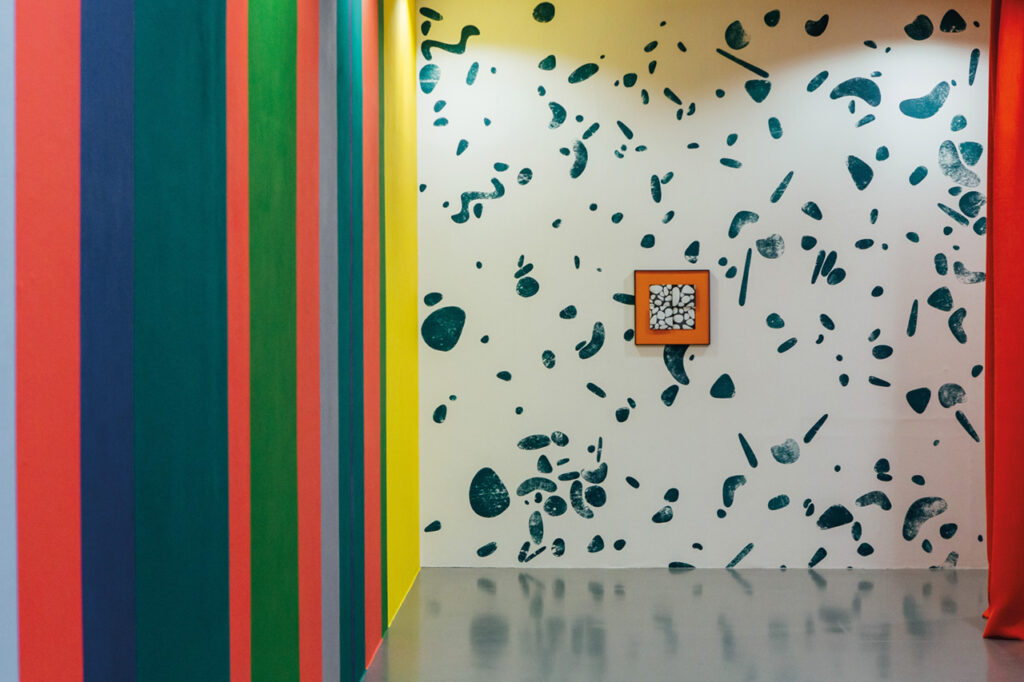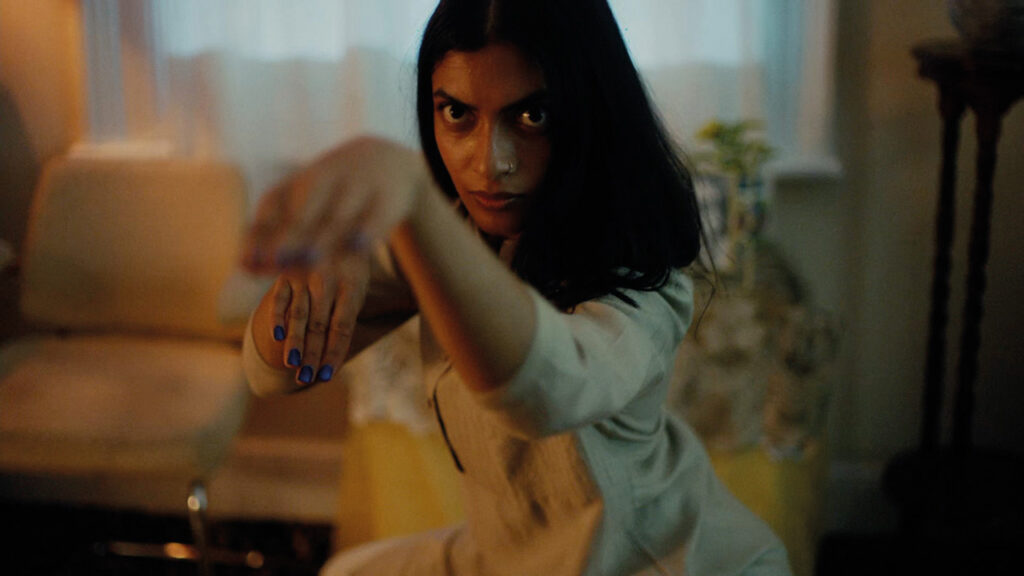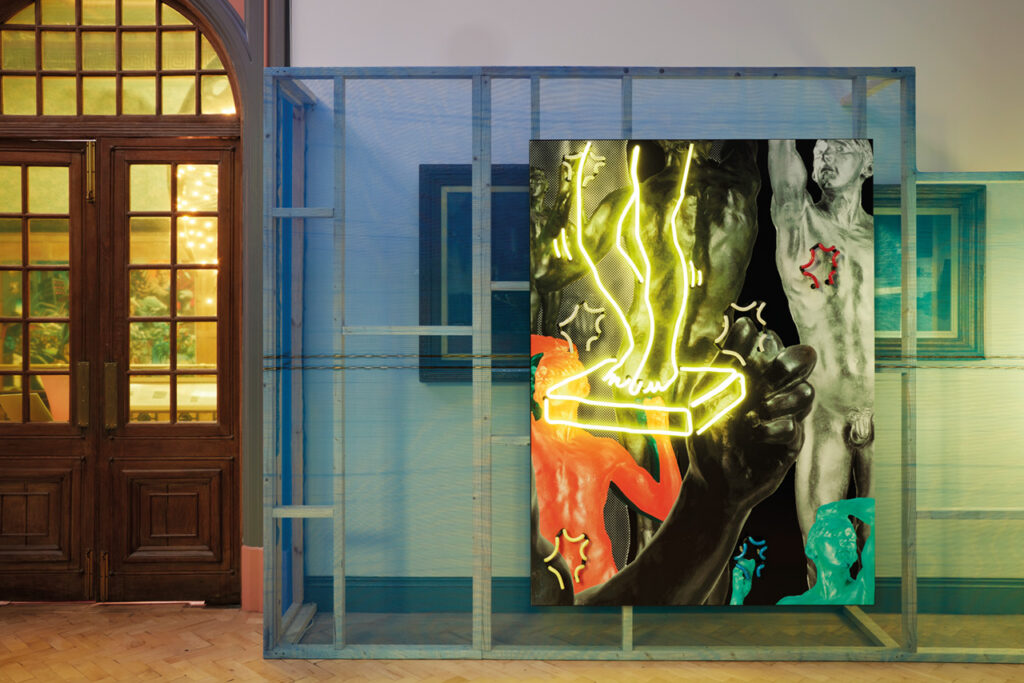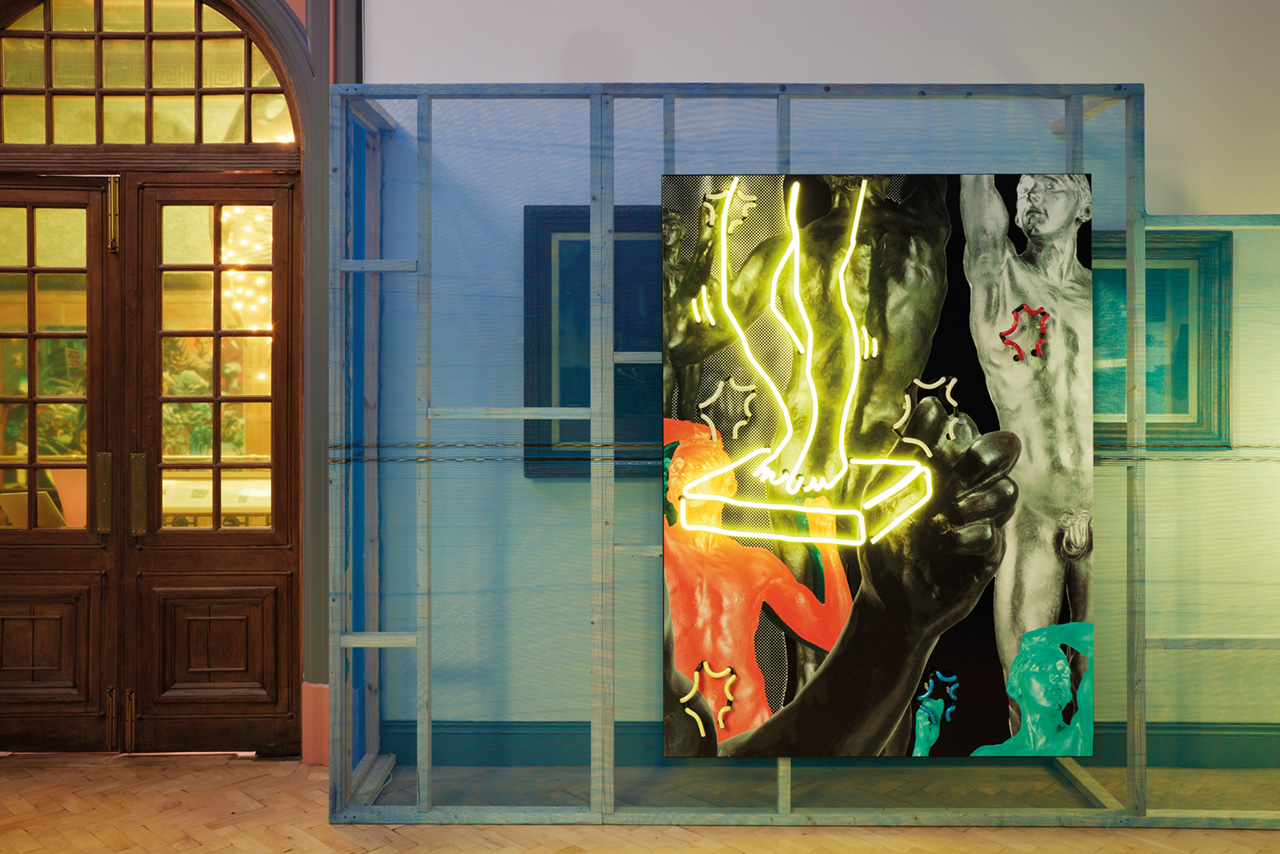Framing the debate
British Art Show participants were keen to engage with the outside world and they’ve produced work that addresses some of the most significant themes of modern times
The 19 artists taking over Manchester’s art galleries for British Art Show 9 (BAS9) are aiming to tackle the pressing social, cultural, environmental and political questions of our time, but earlier this year the show itself became the target of political debate.
The British Art Show, which occurs every five years, is widely regarded as the most important and ambitious recurrent exhibition of UK contemporary art and is currently on display until September across Castlefield Gallery, Home, Manchester Art Gallery and the Whitworth.
Curated by Irene Aristizábal from the Baltic Centre for Contemporary Art in Gateshead, and Hammad Nasar from Coventry’s Herbert Art Gallery and Museum, artists will showcase work made since 2015 with the curatorial themes of healing, care and reparative history, tactics for togetherness, and imagining new futures.
The artists propose alternative futures, economies and ways of living together. There are immersive installations, five new works and two new commissions made by artists in response to local histories and cultures in Manchester.
The works aim to reflect “a precarious moment in Britain’s history, which has brought politics of identity and nation, concerns of social, racial and environmental justice, and questions of agency to the centre of public consciousness”.
Earlier this year, 23 artists withdrew from it in response to the director of Manchester University’s Whitworth gallery, Alistair Hudson, reportedly being asked to leave his post.
The university came under pressure from UK Lawyers for Israel, who claimed a a statement of solidarity with Palestine, in a 2021 exhibition by the Turner Prize-winning research agency Forensic Architecture, was inflammatory and forced its removal.
Artists due to take part in BAS9, including Zach Blas, Helen Cammock, Paul Maheke, Heather Phillipson and Tai Shani, signed a letter addressed to the university that said they were “outraged and appalled” at what they saw as “a direct attack on political freedom and artistic expression”.
The exhibition’s statement on Palestinian solidarity was later reinstated and Hudson remained in post.
Aristizábal says: “We support the different positions of resistance that have been articulated by BAS9 artists – the withdrawal of participation and the amplification of voices in solidarity with Palestine – and share the artists’ call for reparative action.
“We are committed to BAS9 being a platform for action and exchange, and for these, and other difficult but important conversations BAS artists are engaged with, to move beyond the realm of the visual arts into the wider public sphere in Manchester and beyond.”
Hudson says BAS9 “is particularly poignant given the difficulties the world is facing right now and the challenges of culture in dealing with them.
“In its making, the curators and artists of BAS9 have been especially conscious to question Britishness, concepts of art and even the very idea of a show. That we ask such testing questions here is fitting for a city that has, since its birth, embraced radicalism, difference and the complexities of modern life.”
Katie Schwab

Katie Schwab is a maker with a special interest in early to mid-20th century design and craft produced by women. She presents a new Manchester-inspired commission at the Whitworth entitled Blueprint of an Emotion.
“The project began with research into public artworks by mid-century artists Hans Tisdall and Mitzi Cunliffe sited on educational buildings in Manchester,” she says, explaining how her research led to conversations with artists and designers in the city about civic space and repair, which has shaped the exhibition and associated public programme.
The resulting artworks, including a wall painting, ceramic tiles and a poster, are shown alongside a large-scale tapestry, maquette and weaving samples from the Whitworth’s textile collections.
“All of the new works have been made in Manchester, either onsite at the Whitworth, or with artists and designers in studios across the city. This has led to exciting new collaborations and material experimentation, some of which are still in development.
“Either through seeing the show or attending one of the public events, I hope that visitors will enjoy getting to know the work of Tisdall and Cunliffe and will be interested to consider the role of art in the educational built environment.”
Hetain Patel

Bolton artist Hetain Patel works in performance, sculpture, video and photography. He presents a new film at Manchester Art Gallery, Trinity, developed with dance, martial arts and sign language collaborators and centring on the discovery of a martial language that once united humanity.
“The ambition of making something that can feel akin to Hollywood in scope comes with the need for a lot of resources. The film took three years to bring to fruition – a lot of which was fundraising, and building partnerships to help support the work’s creation,” he says.
The film was eventually shot over six days in spring 2021 – practising martial arts at a time when we were supposed to be avoiding physical contact.
“But whilst Covid rules brought restrictions, there was also an incredible energy within the cast and crew on set. We were all so happy to be working. It felt like a really special time to be together, making art we were all excited about.
“It’s also one of those moments that I feel really proud of – looking around at nearly 30 people on set daily and feeling like I made that happen. I love being on set. The filming process and working with actors and dancers is where the work comes alive.
“However, the expense involved in the kinds of shoots that I do means that over the last seven years, despite making four ambitious short films, I’ve only actually spent a total of10 days on set.
“The work is noirish and dark in tone, but is ultimately about hope. I hope this is something visitors come away with. I also hope they want to see more, as I intend to expand the work into my first feature film.”
Simeon Barclay

Huddersfield-artist Simeon Barclay spent his formative years working in the manufacturing industry and his work often centres around fashion and its social and economic contexts. His new commission for British Art Show 9, Precariously Perched on the Edifice of Ruins, consists of video, sound, sculpture and neon works that touch on sampling, deindustrialisation, cultural hierarchy, self fashioning, class and taste. The neon work reimagines one of Auguste Rodin’s most famous sculptures, The Age of Bronze, which is displayed in the entrance hall of Manchester Art Gallery.
“I aim to engage with the idea of received history and the way that established forms of history making – universities, museums, and the media – dominate and suppress other forms of knowledge production,” he says.
“Most of the work I produce requires a facilitator or fabricator with a specific skill set. In this body of work, I have employed a sign maker, a neon specialist and cabinet maker to realise the work. My original drawing or concept is the starting point for an ongoing discussion. I enjoy this collaborative element as it brings about a diverse and energetic dialogue, as well as expanding my learning and developing the work.
“The work on display in Manchester will be my rambled attempt at articulating a proposition for the start of an imaginary conversation with the viewer. It’s a prompt, a provocation maybe, and a presentation that I hope, through its lifetime, will offer an exchange or dialogue for acknowledging multiple positions.”

Leave a reply
Your email address will not be published.